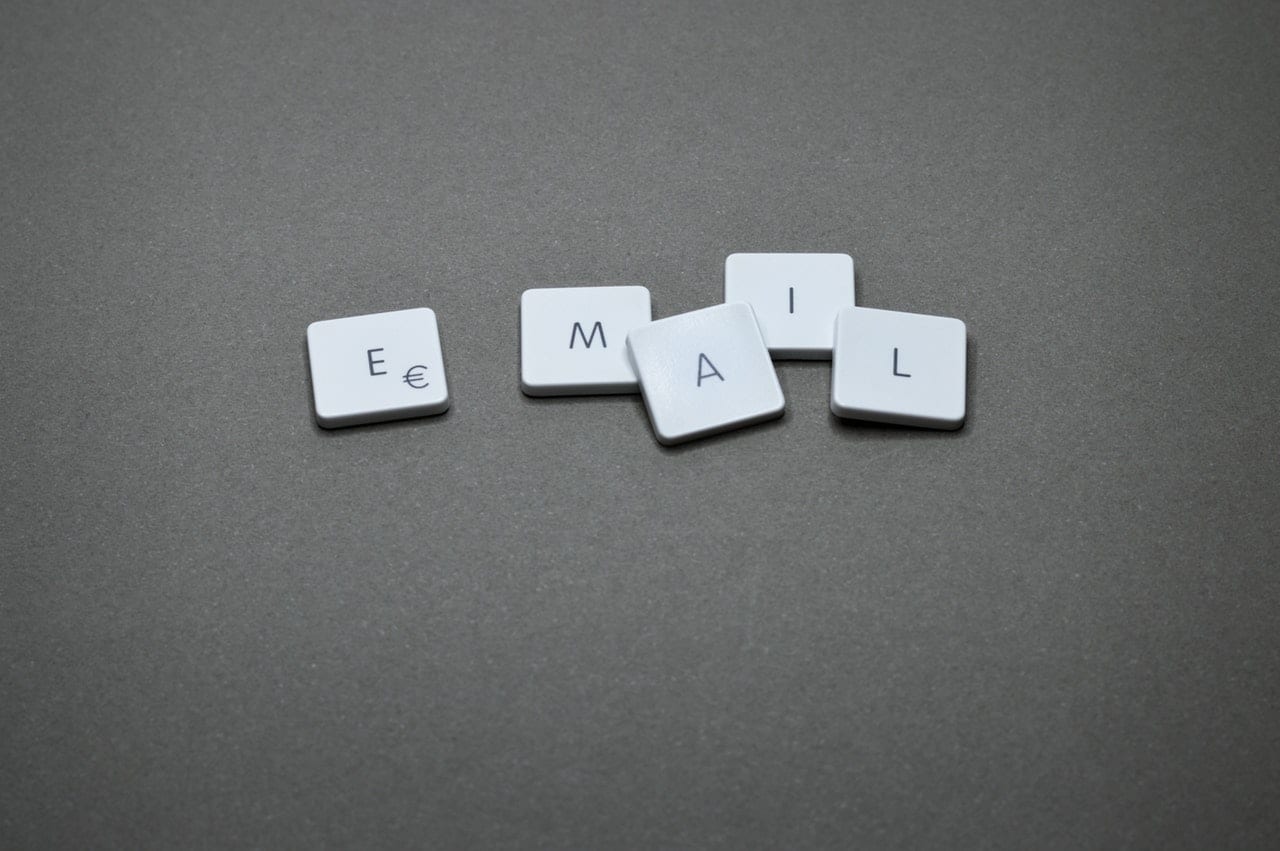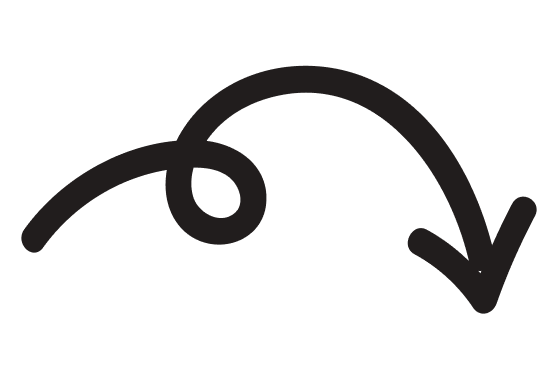Email marketing still works.
That leaves many small businesses with one big question: Where do I start?
In this article I’ll share some of the best email marketing practices to help you get started with your email marketing campaigns.
Conduct an email audit
Do your research into what makes good email communication. Study other successful newsletters and campaigns to see what they’re doing right, and incorporate those elements into your own emails. Additionally, do research on your own emails—see what seems to work and what doesn’t, and make adjustments accordingly.
Action Item: Evaluate your competitor and internal efforts.
Double check your data
Email marketing is only effective with good data. Make sure the data of your subscribers is correct and up-to-date.
Too many small businesses try to start their email marketing efforts with data that was collected ages ago, and it ends up being terribly outdated. Even the best email marketing campaigns won’t be successful with bad data, so make sure you’ve got the right information.
Action Item: Clean your subscriber data before sending your first campaign.
Keep things simple
When you’re just starting out, it’s best to keep things simple. Start out with drag and drop email templates until you get a feel for what works and what doesn’t. Many email platforms options when it comes to existing email templates, and these are great to get email marketing efforts going.
Don’t overcomplicate things when just starting out—keep it simple with pre-existing tools and templates.
Action Item: Use pre-existing drag and drop email templates to start.
Plan, plan, plan
Many newsletters tend to fail due to a lack of planning. Carefully consider the content you want to send, who you want to send it to, and how often you want to send it. Identifying these key points will help you decide the type of template you’ll want to use and what information to include.
Once you’ve decided, make sure to send your emails out on a predictable, consistent schedule.
Action Item: Develop a newsletter sending schedule.
Focus on the message
While the design of email communication is important, the message is paramount. When you’re just starting out, it’s more important to focus on the content of your message than how it looks. Make sure the message is something your audience is really interested in, and make sure it’s well-edited. Typos are a big turn-off!
Action Item: Pick content pillars to distribute your message.
Data Collection
Data is not just a first name and an email address. Good email marketing data comes from syncing a CRM with your email marketing platform to understand purchase history, product preferences, and subscriber location. The more data an email marketer has at their disposal, the brighter the campaign ideas and the stronger the results will be.
Action Item: Sync your CRM with your email marketing platform.
Segment Your List
Small businesses need to understand that all subscribers do not want to receive the same email message.
One subscriber may be interested in deals, while the other may be interested in new product offerings. Depending on the email message, companies are leaving money on the table by offering customers discounts that aren’t motivated by deals, and annoying deal seekers with new products. Companies need to take the time to understand the segmentation options of their email platform and use their lists to their advantage.
Action Item: Break down your master list into small segments for specific email campaigns.
Timeliness
Most small businesses don’t email customers when they are most engaged. A customer’s peak interest is when they have just opted in to your email list, or have recently made a purchase. Companies need to think about the follow up sequence made to customers in the following minutes, days and weeks after a customer hits certain milestones. This can be done effectively through email automation.
Action Item: Utilize email automation to personalize the timeliness of each message.
Following Up
Resending an email to subscribers who don’t open the initial campaign is one easy way to increase opens.
Switch up the subject line and the introductory paragraph, but keep the overall goal and content the same. This helps pick up a percentage of people who wouldn’t have seen the email if you hadn’t given them a second chance to do so. While this shouldn’t be done with all emails, it’s a tactic that can’t be neglected for important communications.
Action Item: Resend email campaigns to non-openers with a different subject line.
Proofread
Once you send it, you can’t get it back! While this tip may seem simple, it’s crucial to proofread before hitting the send button. Make sure you don’t have any typos or broken links before sending out your message.
Action Item: Proofread all email campaigns within your own inbox.
Lengthy Emails
Nobody wants to read an essay in an email. Keep it short and sweet! Include the most important details and ditch the rest.
Action Item: Make sure each email campaign has a single purpose.
These are some of the basic tips for small businesses just getting started with email marketing.
There’s a lot more to email marketing – selecting subject lines, growing subscribers, including calls to action – but utilizing these insights can hep boost your business and make sure you’re representing your brand well in email inboxes.
 Brett Farmiloe is the Founder & CEO of Markitors, a Mailchimp Partner and SEO company for small business. He has completed more than 100 Mailchimp projects for small businesses in 8 countries and 4 continents.
Brett Farmiloe is the Founder & CEO of Markitors, a Mailchimp Partner and SEO company for small business. He has completed more than 100 Mailchimp projects for small businesses in 8 countries and 4 continents.


